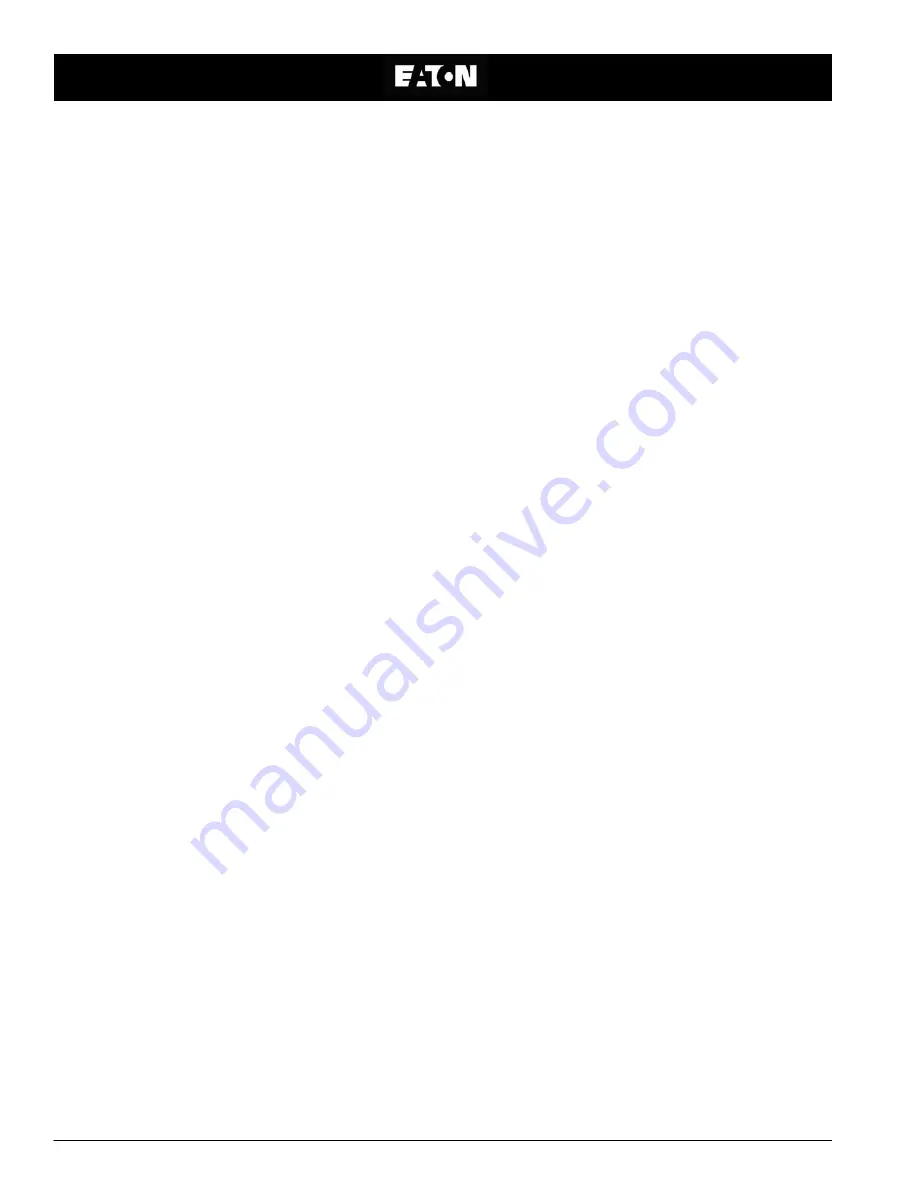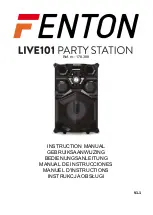
Maintenance—Internals
At scheduled intervals, the strainer cover should be
removed for internal inspection (refer to “Normal
Shut-Down” procedures).
Follow “Removal of Cover and Operating Mechanism
Assembly” procedures.
Inspect assembly for damage or wear due to normal
operation.
Examine straining element and check for mechanical
damage or blinding. Refer to Disassembly and Re-
placement Parts Procedures.
Clean straining element thoroughly. Cleaning may be
accomplished by scrubbing the straining element with
a bristle brush or spraying with a high pressure hose.
If necessary the straining element may be steam
cleaned.
Maintenance—Reducer
The oil in a new reducer should be drained at
the end of two weeks or 100 hours of operation,
whichever comes first, and the case thoroughly
flushed with a light flushing oil. The original oil can
be used for refilling if it has been filtered; otherwise
new oil must be used.
After the initial maintenance in Item 1 above,
it is recommended to change the reducer oil every
2500 hours of operation or every six months
(whichever comes first) for units operating under nor-
mal conditions. If the unit is operating in extremely
dirty or high temperature environments, the oil should
be changed more often.
The unit should be filled when not running to
the center of the oil sight gauge or the oil level plug
with Mobil 600W cylinder oil or equivalent AGMA 7 or
7EP lubricant when the ambient temperature does
not exceed 90
о
F.
For units operating in ambient temperatures
normally between 80
о
F – 125
о
F, Mobil 600W super
cylinder oil or equivalent AGMA 8 or 8EP lubricant is
recommended. Please refer to gear reducer manu-
facturer’s instruction operation manual.
Manual Operation of the Backwash Arm
.The Strainer is furnished with a drive pin that when
removed allows manual operation.
De-energize the power supply to the strainer motor.
Remove the drive pin.
The drive shaft is now disconnected from the reducer
and may be rotated manually.
Manually open the backwash control valve (manual
cleaning only).
Place a wrench on the flats at the top of the backwash
arm/shaft. Rotate the shaft at 1-1/2 turns per minute
and long enough to get the required low pressure
drop. Direction of rotation is clockwise.
CAUTION: Do not use excessive force on the
backwash arm. Disconnecting the shaft from the
reducer also disconnects the shaft from the pro-
tection of the motor overloads. If excessive resis-
tance is met, the cover must be removed and the
source of blockage cleared away.
To return the strainer to normal operation, first close
the backwash control valve.
Replace the drive pin.
Energize the power supply to the strainer drive motor.
The strainer is now ready for operation.
Disassembly and Parts Replacement Proce-
dures
The strainer cover assembly may be removed and
disassembled without removing the body from the
process piping. This permits examination or replace-
ment of any internal part.. Refer to this manual and
the included assembly drawings for the location of
parts.
CAUTION: Do not perform any maintenance on
this strainer until normal shut down procedures
have been performed
Removal of Cover and Operating Mechanism
Assembly
Complete “NORMAL SHUT-DOWN” procedure.
Disconnect power source and remove fuses in the
control panel.
5






























